The goal of endodontics is to clean, shape and filling 3D the endodontic space, eliminating most of the bacterias presents in the canals. Many of the difficulties found in root […]
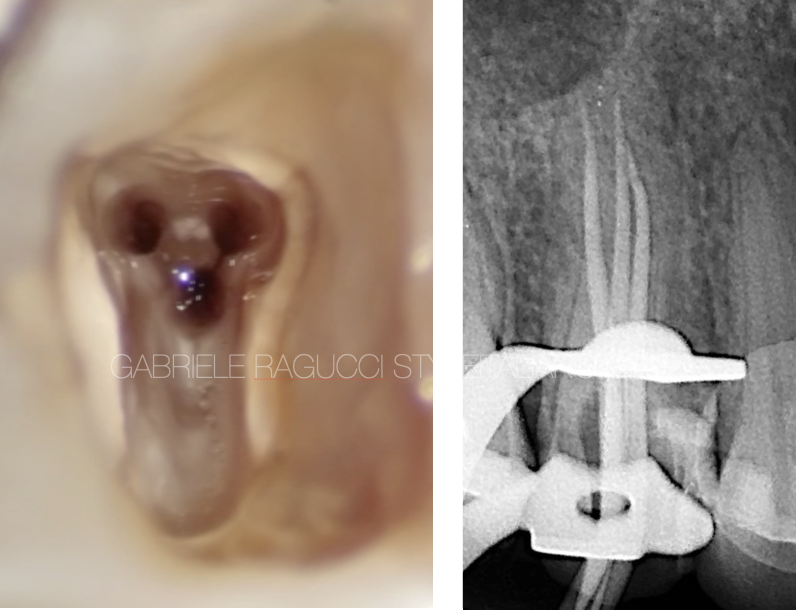 Retreatment of a three rooted maxillary second premolar
Retreatment of a three rooted maxillary second premolar
The goal of endodontics is to clean, shape and filling 3D the endodontic space, eliminating most of the bacterias presents in the canals. Many of the difficulties found in root […]
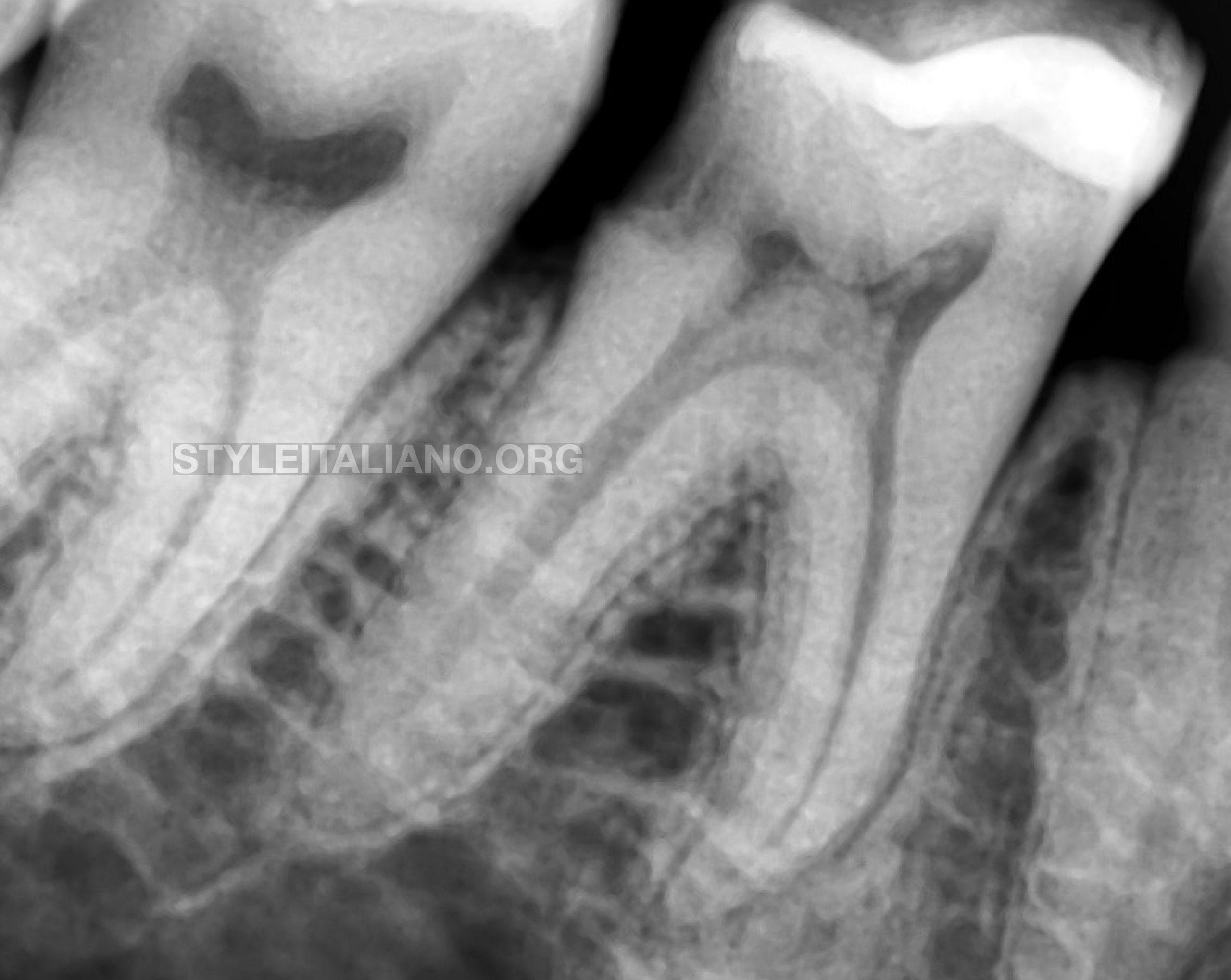 Endodontic management of a mandibular first molar with pulp stone obliterating the floor of pulp chamber – a case report.
Endodontic management of a mandibular first molar with pulp stone obliterating the floor of pulp chamber – a case report.
The goals of an endodontic treatment are to prevent and intercept the process of pulpal/ peri radicular pathosis and to also prevent its reinfection after the treatment. For achieving this, […]
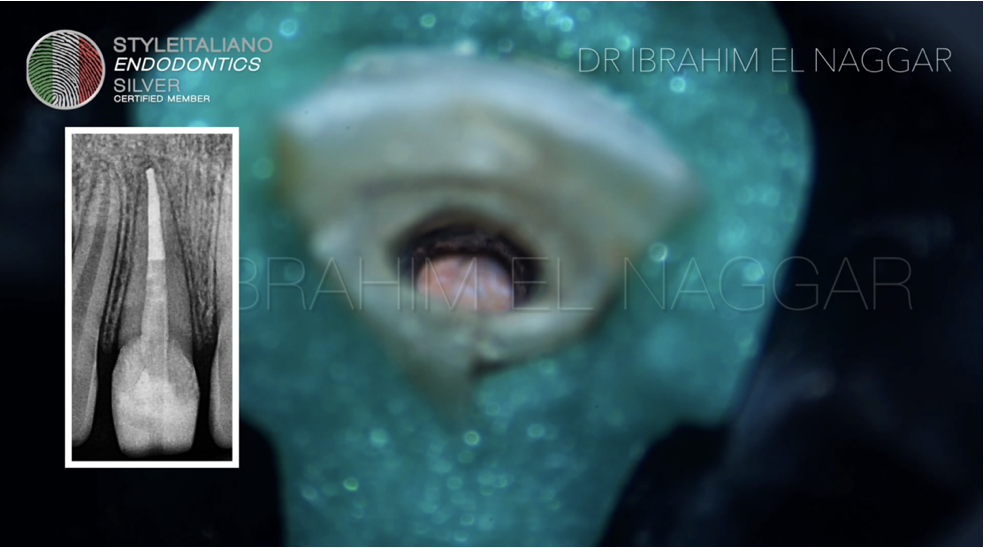 Retreatment Series: Episode 2
Retreatment Series: Episode 2
Root canal retreatment seems to be one of the biggest challenges in the Endodontic therapy, in the retreatment episodes we will review different scenarios with different cases. In Endodontics we […]
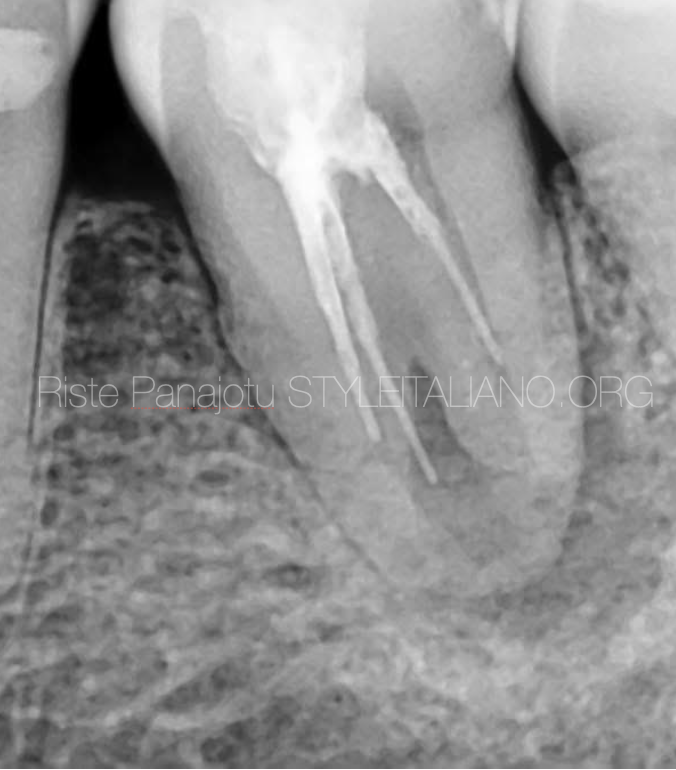 Non surgical retreatment of a mandibular first molar with C-shaped canal system
Non surgical retreatment of a mandibular first molar with C-shaped canal system
The C-shaped canal, which was first documented in endodontic literature by Cooke and Cox in 1979, is so named for the cross-sectional morphology of the root and root canal. C shaped canals are mostly […]
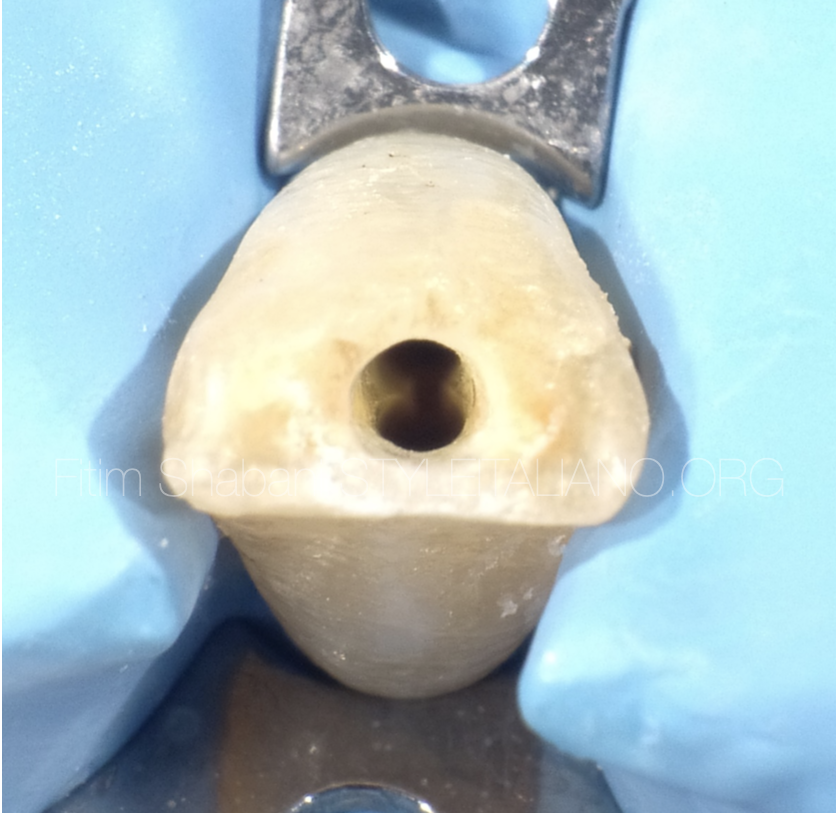 Root canal treatment and direct restoration
Root canal treatment and direct restoration
Tooth restoration after an endodontic treatment is a very important part of the endodontic treatment because the prognosis of treatment as a whole depends on it. Many endodontic failures come […]
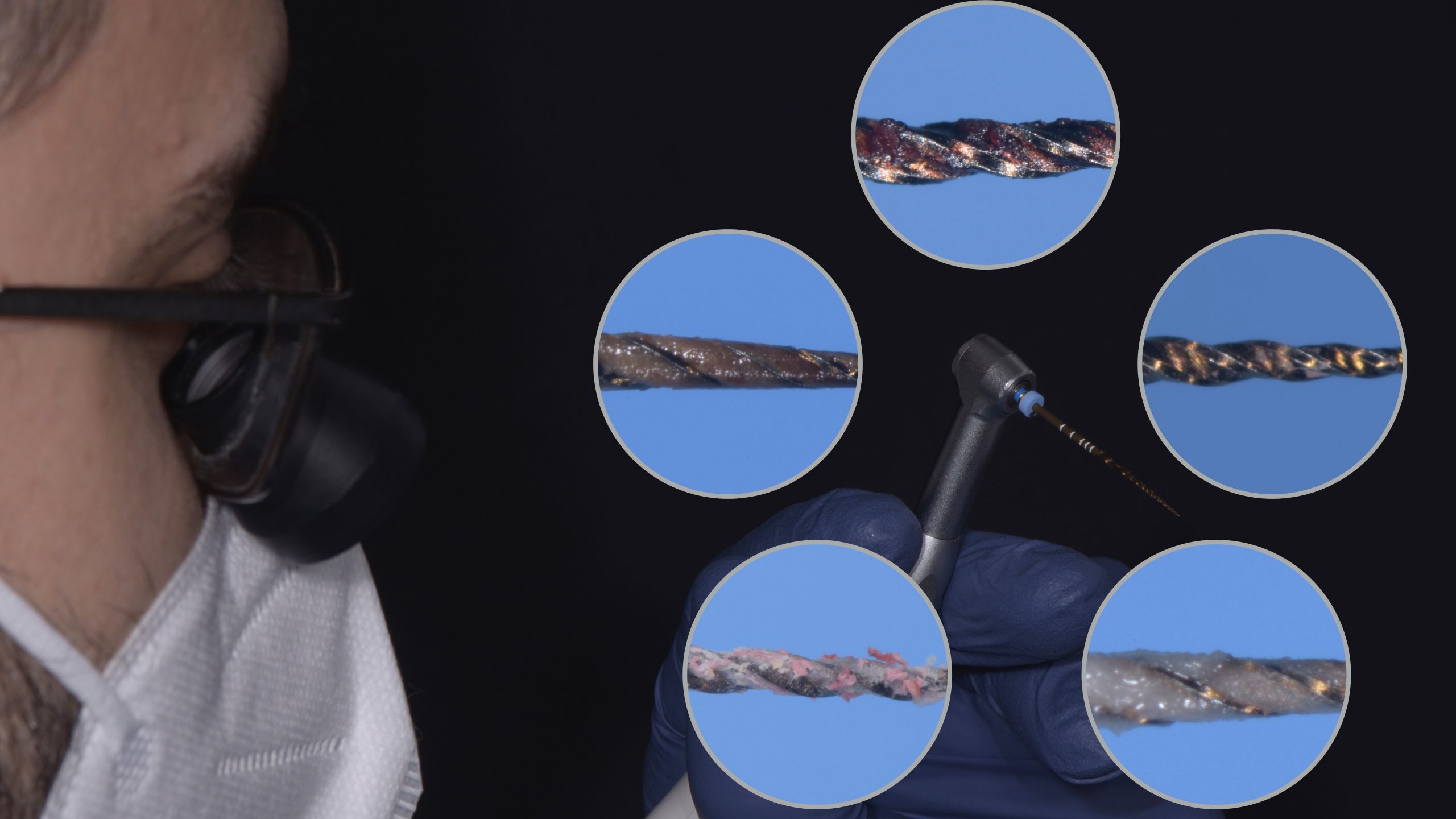 How to evaluate the debris on flutes
How to evaluate the debris on flutes
The primary objective of the entire root canal treatment procedure is to eliminate microorganisms and pathogenic debris from the root canal system and to prevent its reinfection: mechanical instrumentation accompanied by […]
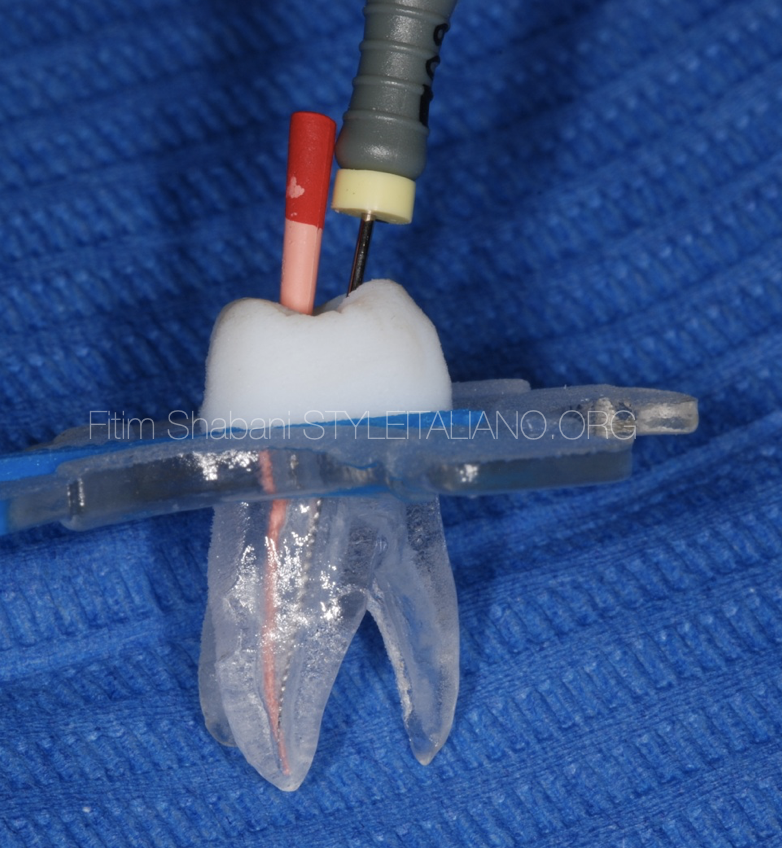 Endo-resto treatment. Management of confluent canals - Part II
Endo-resto treatment. Management of confluent canals - Part II
Case evaluation before treatment In endodontic treatments of teeth with more than one canal, we must allways think about the presence of possible confluences between the canals, there are several […]
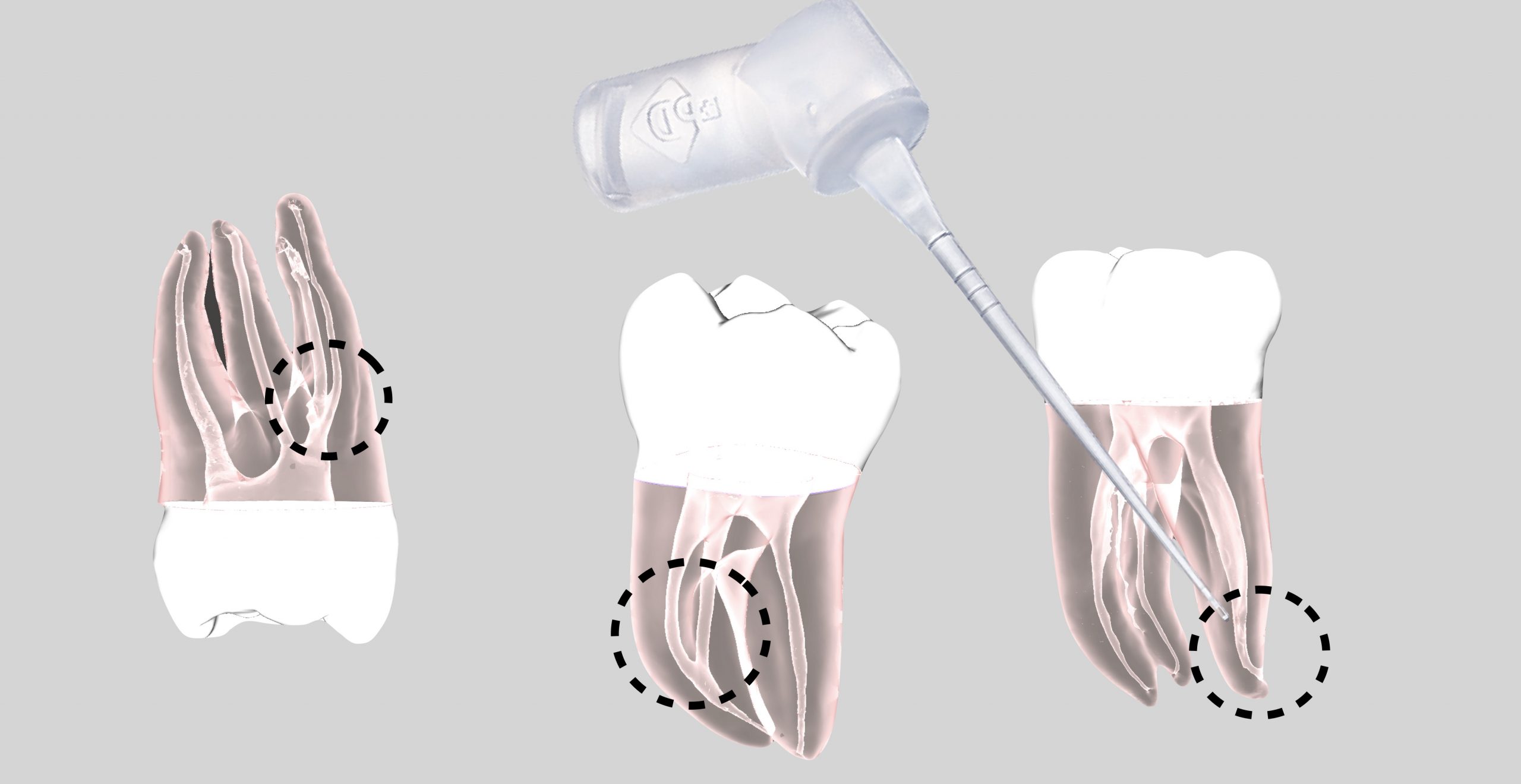 Does anatomy represent a limit for root canal disinfection?
Does anatomy represent a limit for root canal disinfection?
From a recent Randomized clinical trial (Comparison of the Effect of Two Endodontic Irrigation Protocols on the Elimination of Bacteria from Root Canal System: A Prospective, Randomized Clinical Trial) it was […]
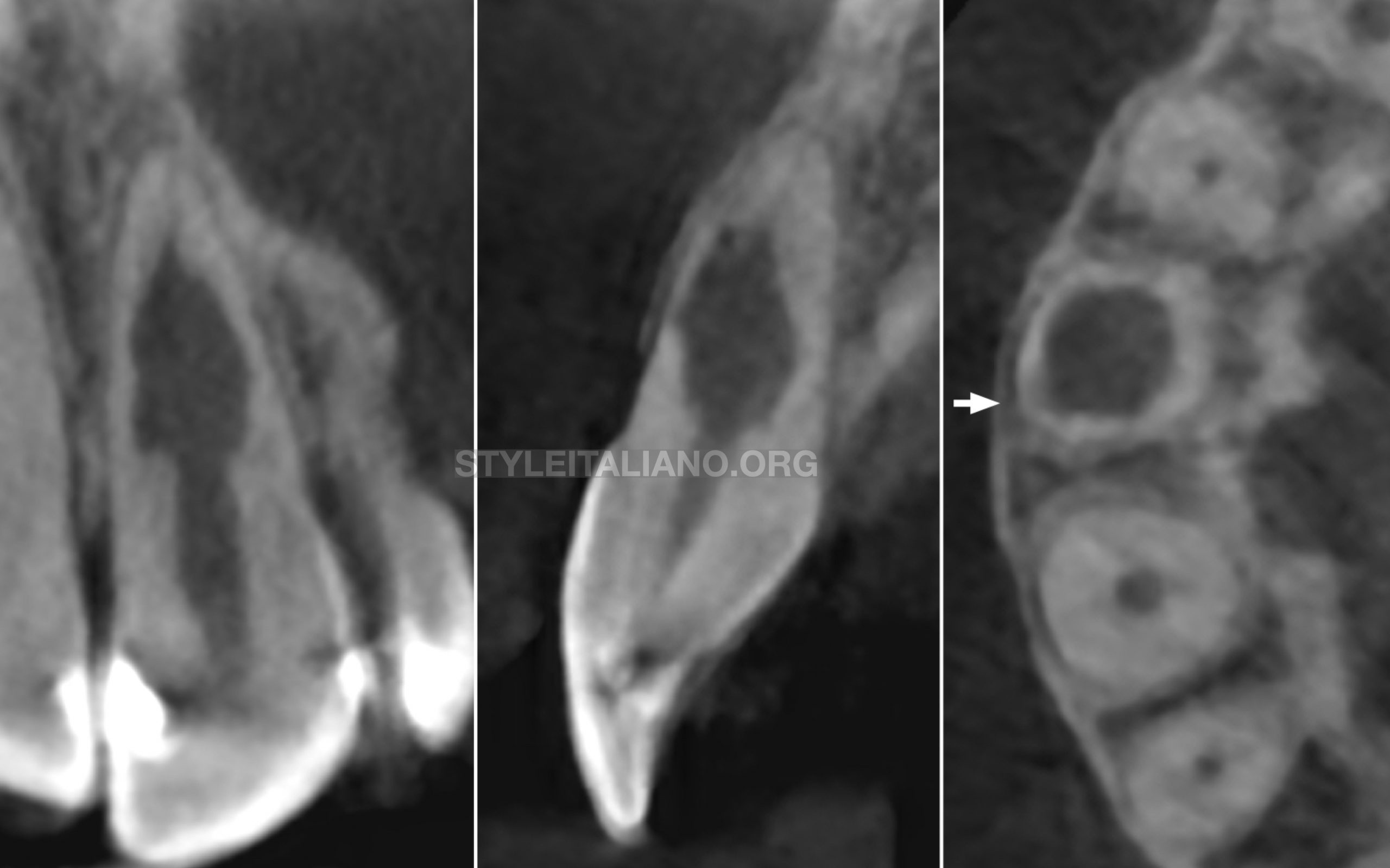 Management of a perforating internal inflammatory root resorption in a maxillary central incisor
Management of a perforating internal inflammatory root resorption in a maxillary central incisor
Internal root resorption is an inflammatory condition that produces the destruction of hard dental tissues. For the resorptive process to take place, two conditions have to occur simultaneously. First of […]
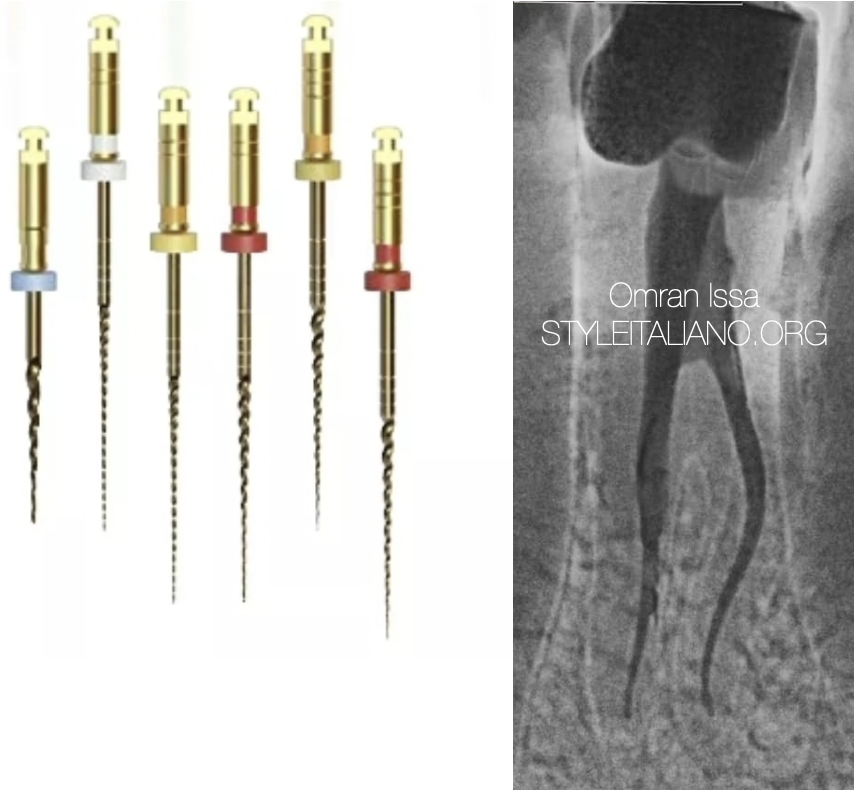 Management of a deep bifurcation in a lower first premolar by perfect file
Management of a deep bifurcation in a lower first premolar by perfect file
Mandibular premolars have been considered to be the most challenging teeth to be treated endodontically, especially when they present with multiple roots or canals. Their propensities for anomalous variations, narrow mesiodistal […]
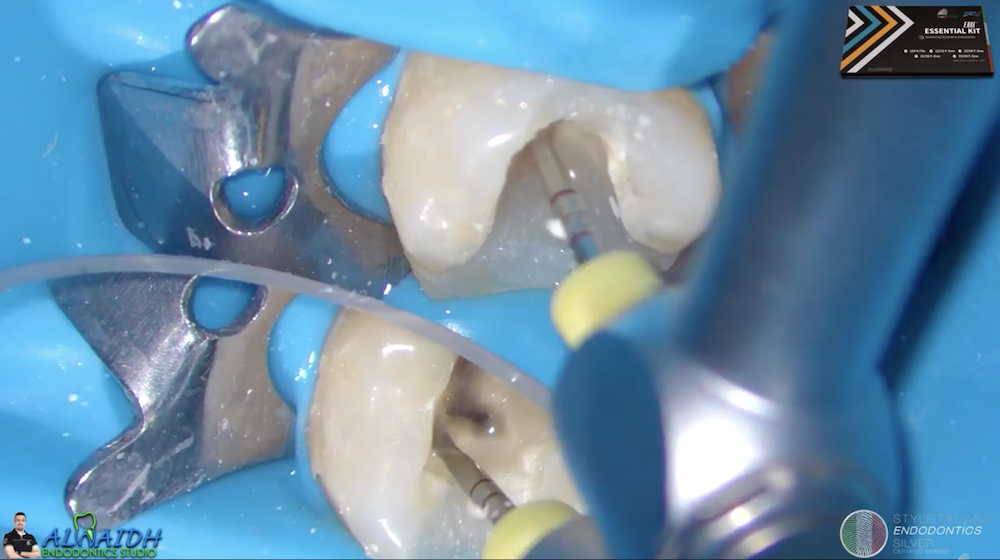 Modification in canal preparation for long and narrow canals of lower first molar
Modification in canal preparation for long and narrow canals of lower first molar
Molar teeth exhibit more difficulty in canal preparation, due to more complexities in their root canal system. The situation becomes more complex when the roots are long, and even more […]
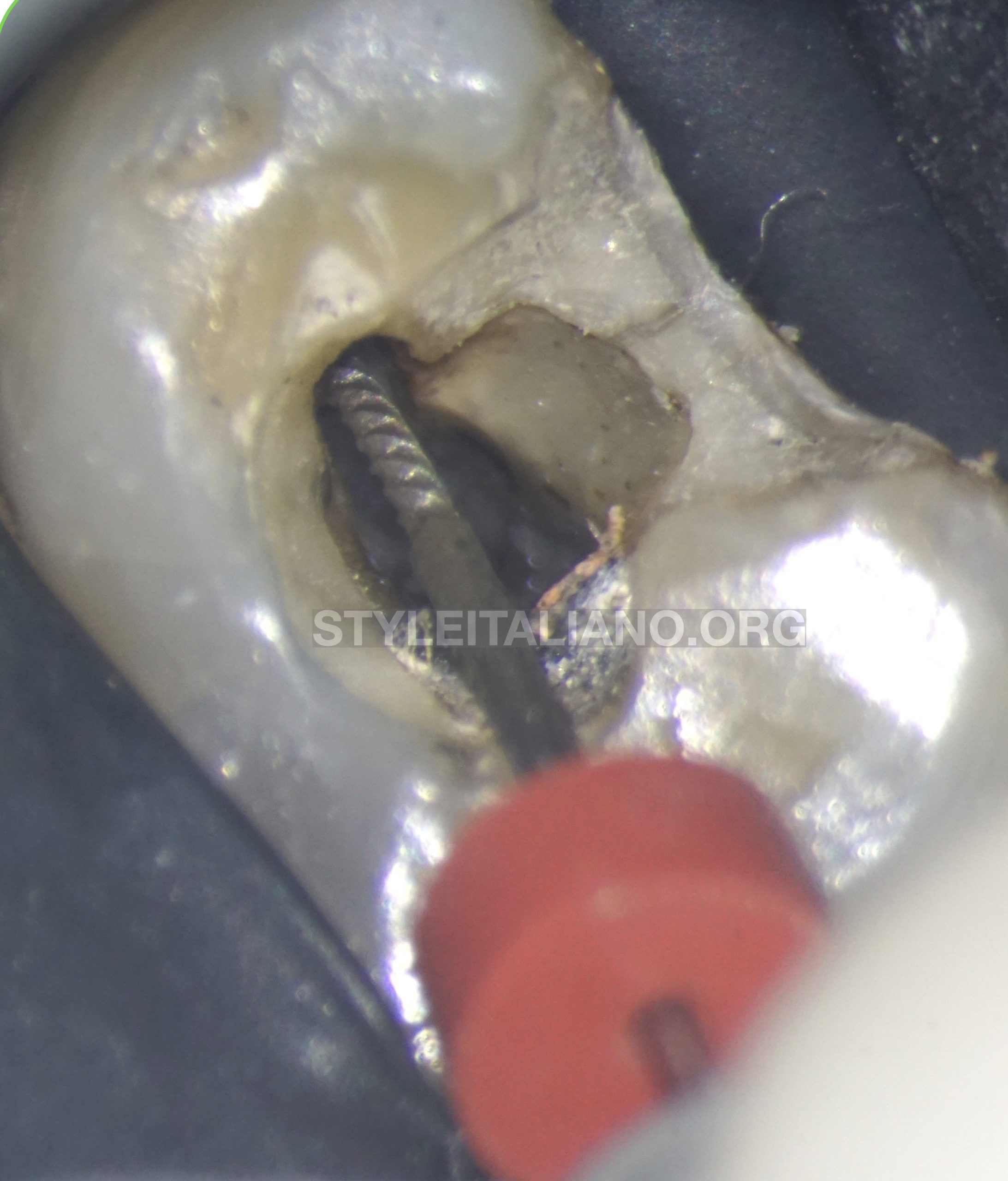 Endodontic retreatment of a maxillary second premolar with multiple shortcomings.
Endodontic retreatment of a maxillary second premolar with multiple shortcomings.
Knowledge of the root canal morphology and location of canals is important in a root canal treatment. Inability to locate and treat all the canals could lead to failure of […]